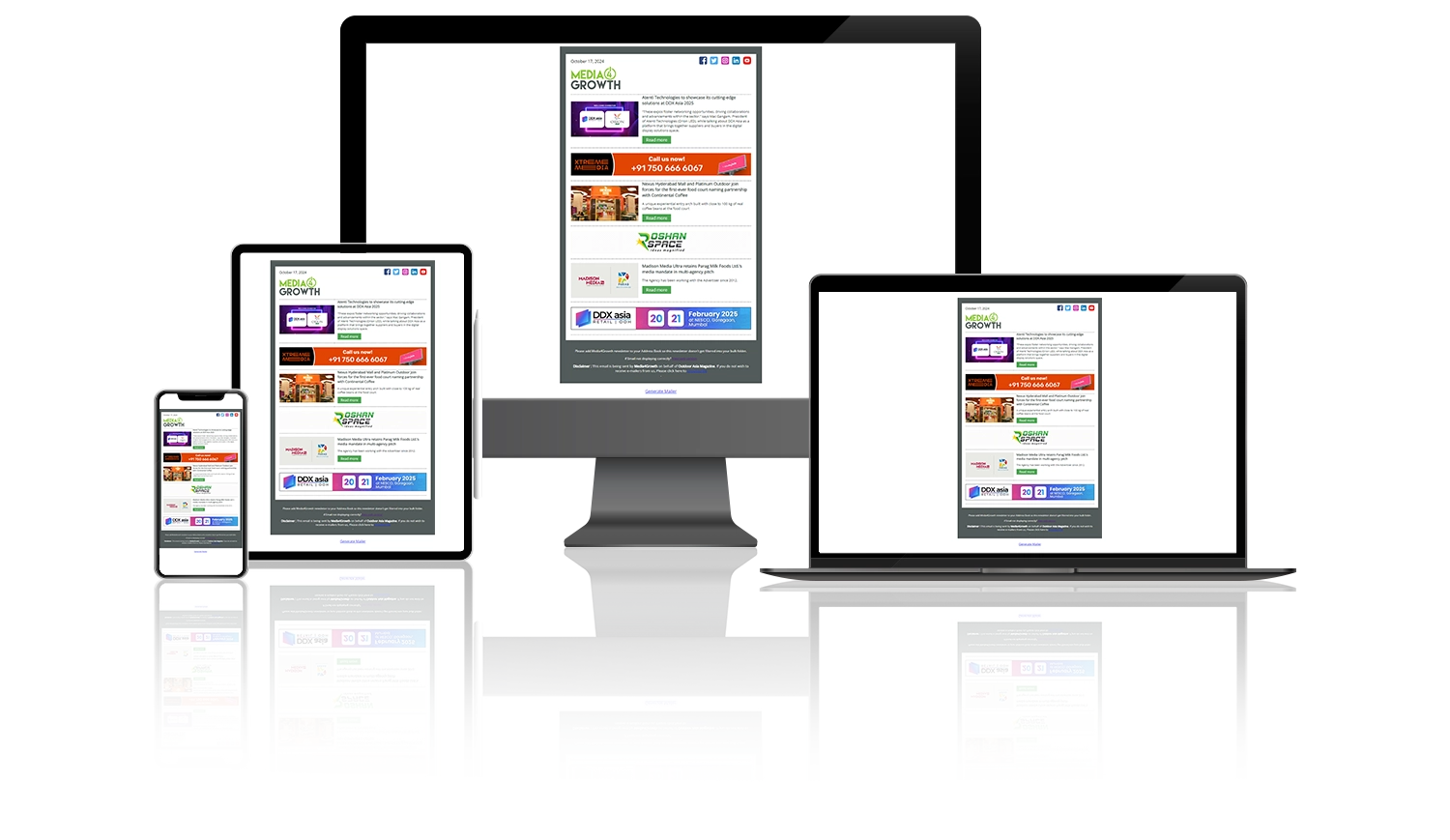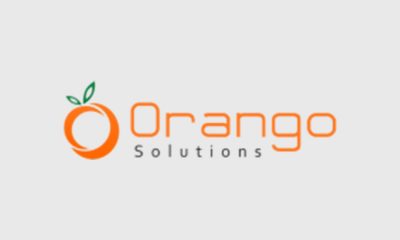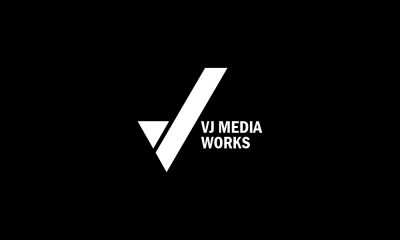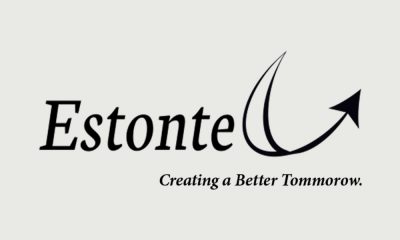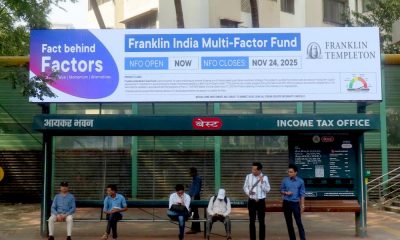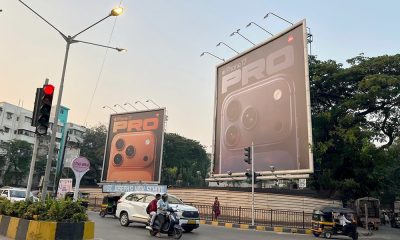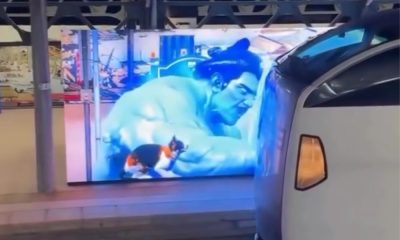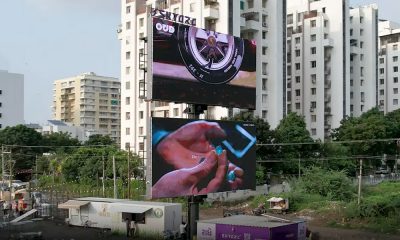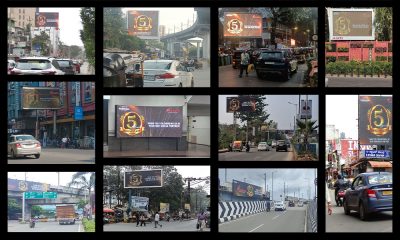OOH Adtech
‘The future isn’t just about bigger screens, it’s about intelligent screens’
Nita Odedra, Director of Strategy at Blue Rhine Industries, a Dubai-based systems integrator with nearly two decades of experience, shares how digital signage is evolving toward AI-driven personalisation, smarter content, and sustainable solutions.
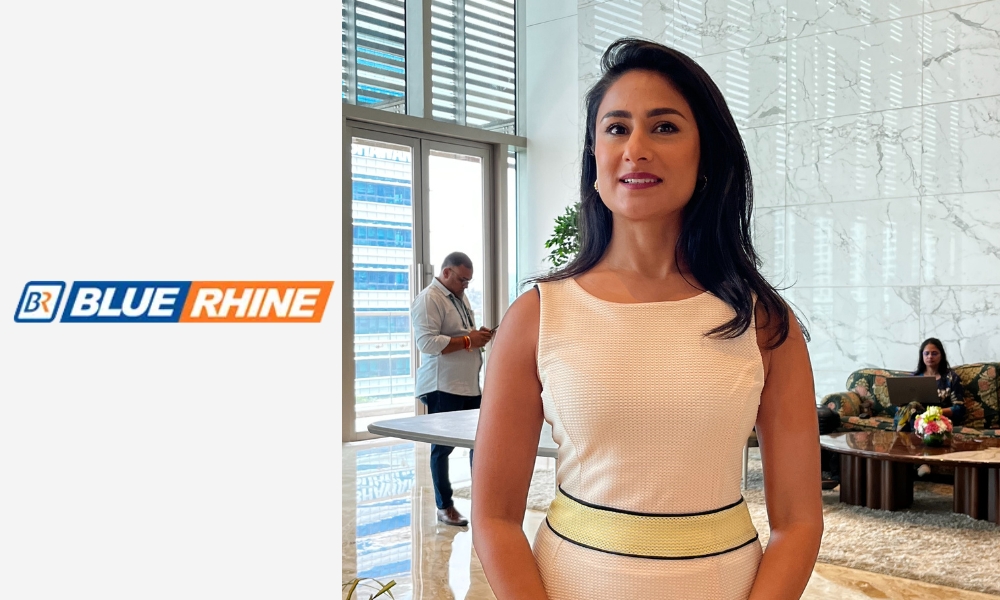
The digital signage industry is entering a new era, one where static screens are giving way to intelligent, interactive assets that respond to data and consumer behaviour in real time. Nowhere is this transformation more evident than in the Middle East, a region witnessing rapid investment in infrastructure and retail innovation.
At the centre of this evolution is Blue Rhine Industries, a Dubai-based systems integrator with nearly two decades of experience. Nita Odedra, Director of Strategy at the company, shares her perspective on how digital signage is becoming more personalised, sustainable, and technologically integrated and what this means for the region’s future.
Smarter content, not just bigger screens
The era of treating content as an afterthought is long gone. Today’s brands expect messaging that speaks directly to their audiences shaped by context, language, and data. “In the Middle East, we’re seeing a lot of movement towards hyper-personalised content,” said Nita. “It could be as simple as flight schedules adapted into multiple languages, or as advanced as facial recognition and QR integration to create personalised brand experiences.”
This focus on relevance and interactivity is supported by the growing adoption of programmatic digital out-of-home, allowing campaigns to optimise dynamically in real time. “Brands no longer want static visuals,” she added. “They want content that evolves with audience data and the environment.” Global examples, such as Nike using digital screens as part of its community outreach, highlight the creative potential of this shift.
The scaling challenge
Despite strong momentum, scaling digital signage projects in the Middle East presents its own challenges. Access to skilled professionals from project managers to engineers —remains a critical gap, particularly in Saudi Arabia. “Talent availability is still a bottleneck,” Nita pointed out. “There’s incredible demand, but not always the right expertise to match.”
Financing is another hurdle for companies executing long-term installations. “If a project gets delayed, payments can be stretched for more than a year,” she explained. “That can put enormous pressure on companies, especially if they’ve already paid suppliers.”
Competitive market, strong differentiation
With competition intensifying and several smaller firms operating primarily as resellers for Chinese manufacturers, differentiation is key. Blue Rhine Industries positions itself by offering end-to-end solutions, covering consultancy, hardware, software, quality control, and content. “We’re not tied to a single supplier,” said Nita. “That gives us the flexibility to recommend what’s right for the client and ensure full integration.”
This model has helped the company establish a reputation for reliability and technical depth in a market that’s evolving rapidly.
Where growth is coming from
Retail has emerged as a major growth driver, as brands move towards smart stores and interactive experiences. Public spaces and entertainment developments, especially Saudi Arabia’s giga projects are also propelling demand for large-scale, multifunctional digital assets. “These projects go far beyond advertising,” Nita explained. “They integrate wayfinding, information, and immersive experiences into the very fabric of urban infrastructure.”
AI, sustainability and the road ahead
Artificial intelligence is already reshaping digital signage across the region. From automatic number plate recognition (ANPR) systems that welcome visitors by name to AI-powered kiosks that assist attendees at events, smart displays are becoming increasingly intuitive. “AI allows screens to respond to people, not just display to them,” said Nita. “It’s creating a more dynamic relationship between technology and the user.”
Sustainability is also becoming a non-negotiable priority. Energy-efficient displays, solar-powered setups, and brightness-adjusting sensors are now key requirements in the GCC. “Clients are asking whether screens can deliver energy savings without compromising impact,” Nita noted. “And the answer increasingly is yes.”
Looking forward
For Nita, the next five years will be defined by meaningful, measurable, and sustainable digital experiences. “We’re moving towards a future where screens don’t just advertise,” she said. “They inform, guide, and connect becoming part of how people live and interact with their surroundings.”
As she summed up, “The future isn’t just about bigger screens. It’s about making every screen intelligent, responsive, and impactful.”
-
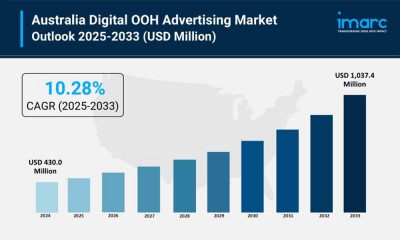
 Markets in Focus
Markets in FocusNew IMARC study projects Australian DOOH market to cross US$1 Billion by 2033
-

 Campaigns
CampaignsL’Oréal Paris launches OOH campaign for its new Glycolic Gloss Range
-

 Markets in Focus
Markets in Focus“Static billboards still deliver massive reach and remain the backbone of UP OOH”
-
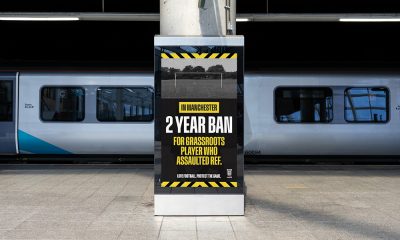
 Campaigns
CampaignsFA unveils England-wide DOOH campaign on grassroots misconduct
